dpkg
33
Options Recognized by dpkg
Installation and Removal Options
i | install
This option is the standard way to install an individual package. The
file> is the file name of the .deb file containing the package and must contain an
adequate path to the file. So if you are currently in the directory /usr/debian
and the archives are in /usr/debian/stable, you can either type:
dpkg i ./stable/binary i386/admin/cron 3.0pl1 38.deb
or:
dpkg i /usr/debian/stable/binary i386/admin/cron 3.0pl1 38.deb
with the same results. Either of the above lines will install the cron package
on your system from the given location.
This is fine for installing packages one at a time, but an installation of all of
the packages in a given directory tree is possible with the use of the R option.
This option causes dpkg to attempt installation of every .deb file that it finds
while doing a recursive search of the declared directory tree.
So, if you wanted to install the entire admin directory as given in the above
example the command would look like:
dpkg i R /usr/debian/stable/binary i386/admin
Because of dependencies between packages this approach will not always (or
even very often) be successful. It is very useful if you have a nonstandard
archive that contains all the packages you wish to install and all of their de
pendent packages as well. Constructing such archives using FTP to download
only those packages that you need will create archives that dpkg can install as a
group. If the packages are all found in the directory /usr/local/Debian/archive,
footer
Our partners:
PHP: Hypertext Preprocessor Best Web Hosting
Java Web Hosting
Inexpensive Web Hosting
Jsp Web Hosting
Cheapest Web Hosting
Jsp Hosting
Cheap Hosting
Visionwebhosting.net Business web hosting division of Web
Design Plus. All rights reserved

